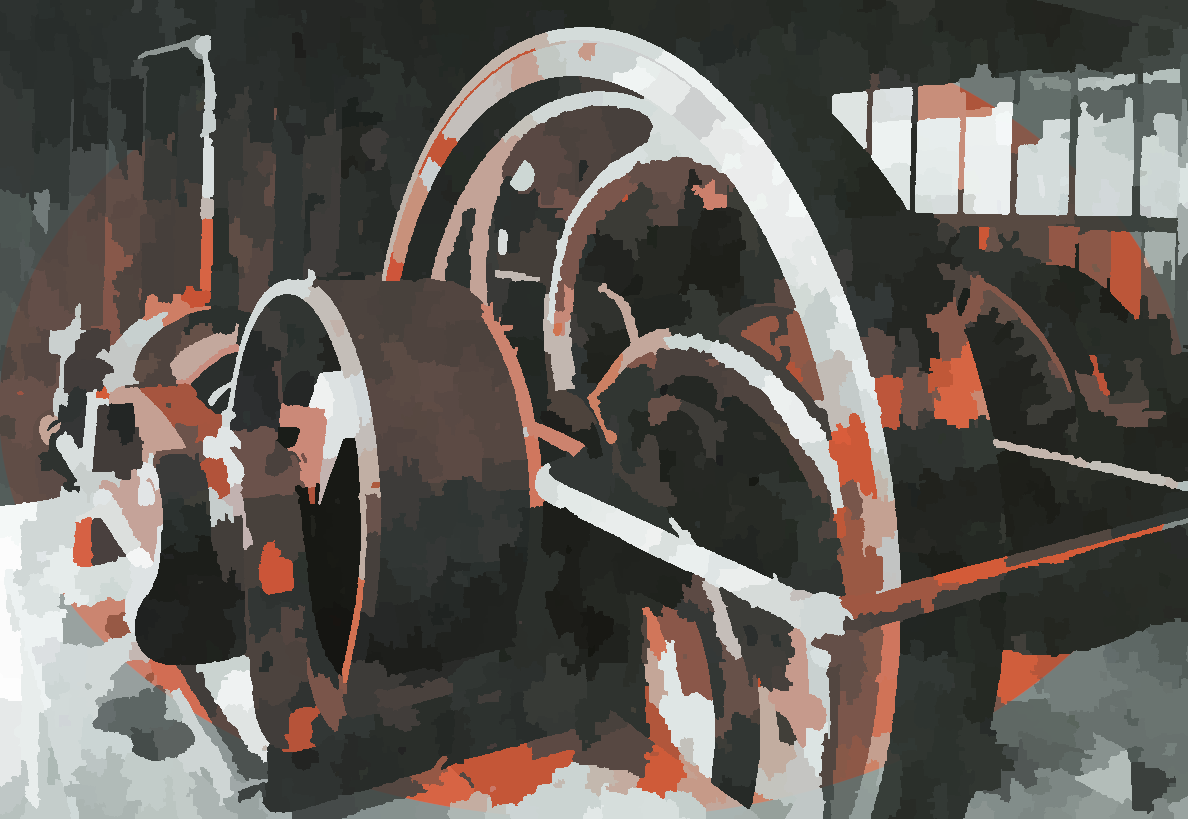|
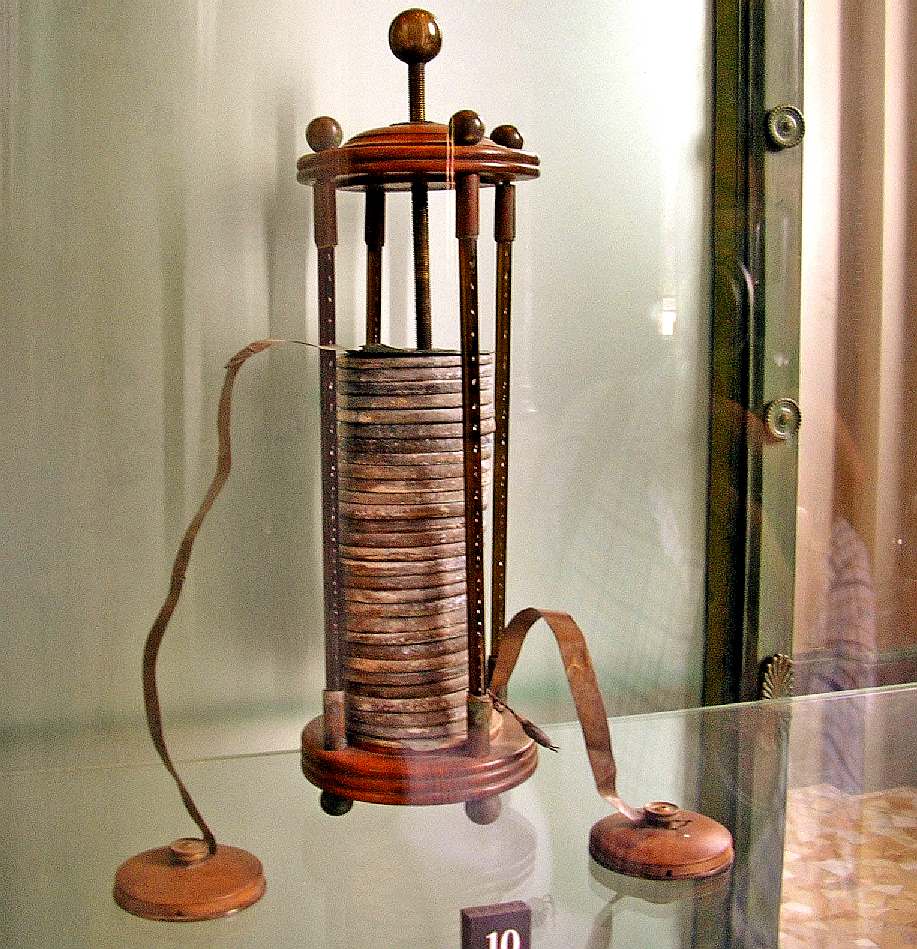
VOLT'S
PILE - Thousands of years ago man knew about electricity, but not enough
to do anything positive with the curiosity. It would not be until
electricity could be applied to lighting, that it would become
commercially important, and traded, just as oil lamps made whalers rich,
consigning candles to the emergency cupboard. Gas lamps too would be
displaced, where electric lighting was safer and brighter.
The Greeks knew the magnetic properties of the mineral lodestone, sometimes called Magnetite, as early as 600 B.C. Thales Miletus (640 - 540 B.C.), an early Greek mathematician and astronomer, was aware of the properties of attraction and repulsion of lodestone with like pieces of lodestone. He too knew
of an electrostatic effect called the amber effect, that is, the attraction of bits of straw to an amber rod that had been rubbed with wool.
ALESSANDRO
VOLTA
In 1801 Alessandro Volta demonstrated his ‘Pile’ to Napoleon. The pile was a series of copper and zinc discs interleaved with moist cloth, to form an electric battery.
Twenty years later in 1821 Michael Faraday invented a simple single-wire electric motor and then in October 1831 Faraday succeeded in generating an electric current mechanically. He had invented the dynamo using a bar magnet and a coil of copper wire.
Volta’s ‘Pile’ was a primary cell. A primary cell is one where the metals are used up in a chemical exchange, which releases energy – generally they cannot be recharged. A secondary cell, uses a chemical reaction which is reversible. By putting
electricity
into a secondary cell at a higher voltage, the cell can store energy chemically, which can later be drawn out when needed. Secondary cells were called accumulators in the early days, because they accumulated a charge. The Lead-Acid cell is one of the most common accumulators or batteries generating just over two volts per cell, hence there are six cells in series in a twelve volt car battery. The term battery is now common for any cell, but in fact it denotes a number of cells joined in series to form one unit, after the batteries of artillery units formed of a number of cannons.
These days we use lead-acid batteries in cars for starting petrol engines. After starting, the engine turns a generator to recharge the battery for the next time the engine needs starting. It is ironic that the invention of the electric starter motor for internal combustion engines saw the demise of the early electric cars in favour of petrol engines.
In early electricity generating, municipal, plants, electricity was not
normally stored in banks of batteries, meaning that the steam or gas engines
had to run noisily at night. Conversely, in rural plants and private
houses, electricity would be supplied to houses for lighting at night,
via battery banks of sufficient capacity to cope with demand, until the engines were started
the next day to once again recharge the batteries, for the following
night. The batteries also acted as a regulator to smooth the flow of electricity to some extent.
Such as when the bakery in the village was baking, and the generator
could not cope with peak demands.
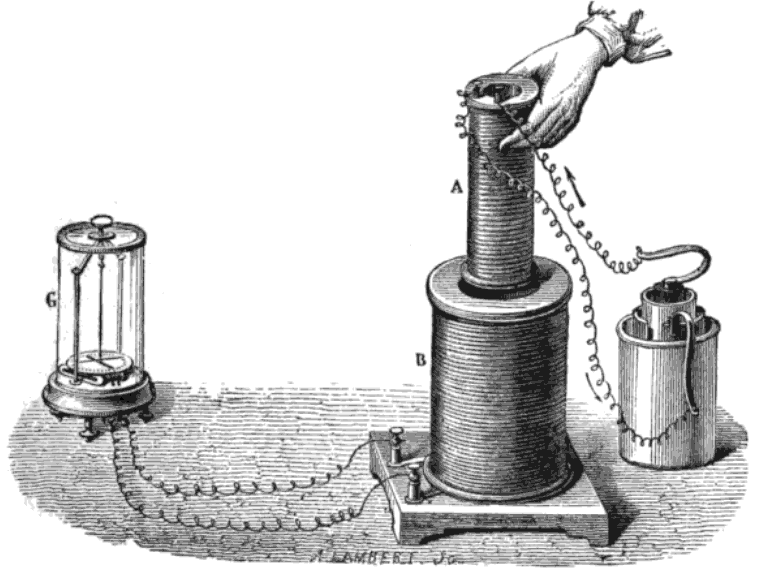
Michael
Faraday's experiment to show magnetic induction. A battery (right) is
used to power a coil (A) to make an electro-magnet, that is inserted
into another coil (B) that then generates a current, visible on the
Galvonometer (C).
MICHAEL
FARADAY
Michael Faraday discovered that when he moved a bar magnet inside a coil of copper wire, it produced a voltage and that by spinning a magnet inside a coil of copper wire a smooth electric current was generated. This is called direct current or DC from dynamos. Whereas alternating current or AC, is the kind of electricity we get from the plug sockets in our homes from alternators. The voltage generated in either kind of machine depends on the number of turns or coils of wire that the moving magnet passes across. The amperage depends on the thickness of the wire and the strength of the magnetic field or flux that the magnet makes. The distance between the magnet and copper wire is also important because the strength of a magnetic field rapidly diminishes with distance, the closer the fit the more efficient the machine.
Permanent magnets can be made of steel or a mixture of rare earth metals such as cobalt and neodymium. The alternative to permanent magnets is to generate a magnetic field by winding copper wire around silicon steel and pass an alternating current through the copper coils. This will turn the silicon steel into what is known as an electromagnet. It is exactly the reverse of using a bar magnet to create electricity. In the world of electric motors and generators, DC machines can sometimes operate as generators or motors. In theory an alternator could be made to operate as a synchronous motor by feeding it with the correct alternating electrical sinusoidal wave pattern. Once these discoveries had been made, engineers could put them to practical use in many ways.
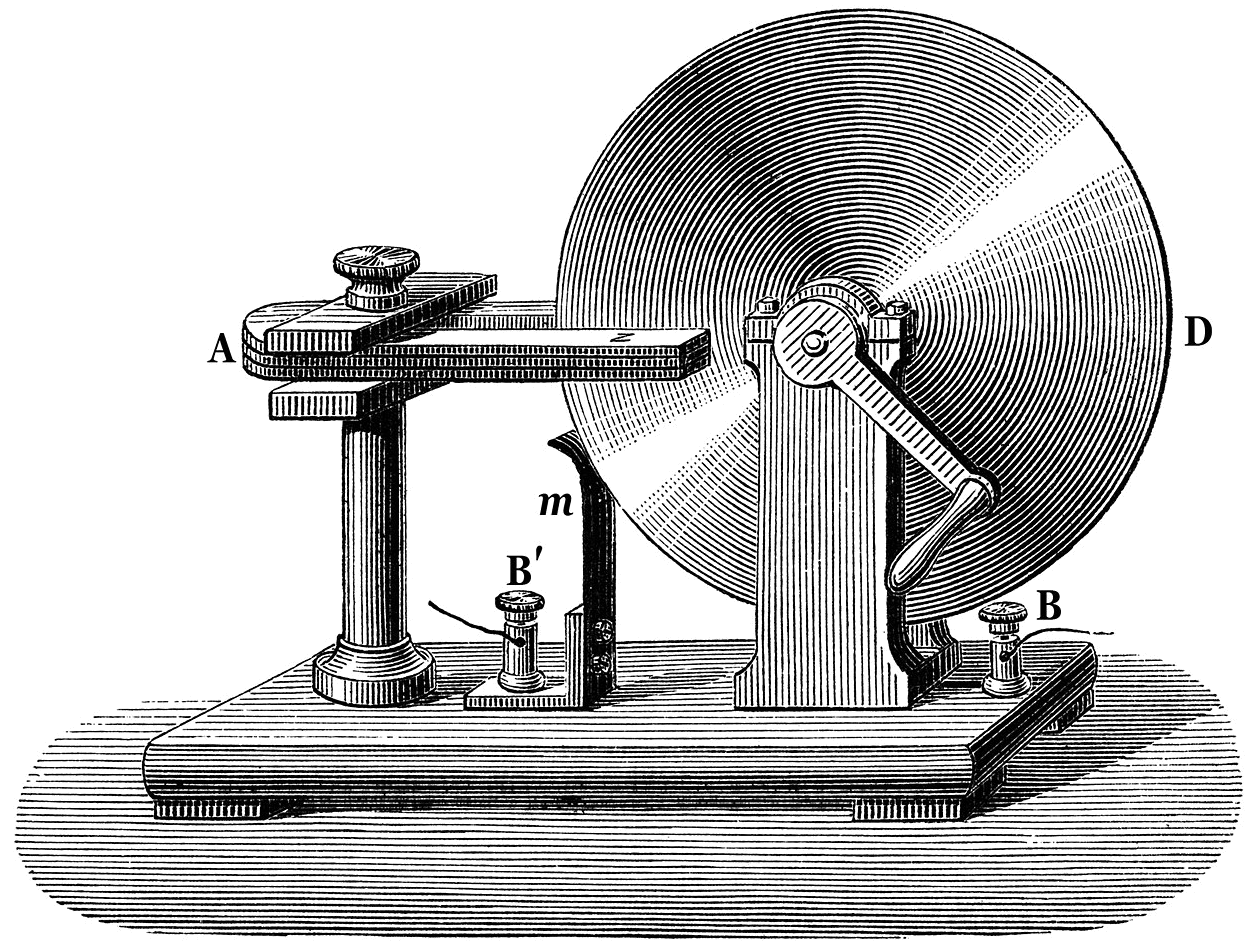
Faraday's
disc. The first electricity generator.
JAMES
CLERK MAXWELL
The laws of electricity and magnetism were closely studied by James Clerk Maxwell (1831 –1879), a Scottish physicist. Maxwell wondered why the physical laws were not symmetric when
expressed in mathematical form. By applying the concept of symmetry, he found an additional law, which completed the equations of electromagnetism in 1865.
Maxwell studied these equations and discovered that, according to the equation, light is made up of electromagnetic waves. The theoretical fact that electromagnetic waves of radio frequency,
likely led to experiments in which radio waves were generated and detected. This discovery
eventually opened up a new era of wireless communication and in due time brought us commercial radio and television and a host of other
devices, including mobile phones.
PRACTICAL
APPLICATIONS
Electric motors can turn impellor pumps to pump water uphill, and water can be fed through impellors to turn generators, such as in a hydroelectric dam. Once again, as with generators and motors, to greater or lesser degrees machinery can be reversible.
This is the basis of regenerative braking on modern electric vehicles.
The motors of which are remarkably efficient Direct Current synchronous
machines, bearing little resemblance to Faraday's experiments.
Modern
batteries can be very much larger that Volta's Pile, typically made of
lithium, cobalt, and polymers. These batteries not only power EVs, but
also store electrical energy in bulk, to stabilise the National
Grid, to
provide load levelling, just like at the Generating Works at
Herstmonceux. The world's first stabilised municipal supply, and the
only example remaining, anywhere in the world.

A
hive of local activity, in the Sussex backwater of Herstmonceux. The
driver from all of this was electric lighting, to replace candles and
gas lighting.
The
machinery at Herstmonceux Generating Works was gas powered in its final
guise. The gas coming from heating coal. Hence, the sizeable brick built
bunker, convenient to shed number three, where the (town) gas maker plant
was installed. The complex is interesting because it not only generated
electricity, but stored it in Shed number One, a room filled with large
glass lead-acid batteries, with sufficient capacity to provide electric
lighting and cooking to the village, in 1913.
CHAPTERS
|
The Industrial
Revolution
|
|
|
Electricity and Magnetism
- Electric
Lighting Acts 1882 - 1909
|
|
|
Let there be light,
glass bulbs to LEDs
|
|
|
Public supply
|
|
|
Rural supply
|
|
|
Lime Park
|
|
|
Generating station 1982/3
|
|
|
Generating station – Power House,
36 hp National Gas engine
|
|
|
Honeysett
Brothers - Electric Bakers & Confectioners, Gardner Street
|
|
|
Flour
from the millers at Windmill Hill (Trust), tallest post
windmill, UK
|
|
|
Archaeology – Machinery
|
|
|
Archaeology – Boiler Room
|
|
|
Archaeology – Batteries
|
|
|
Stabling,
horses, carriages & blacksmiths - The Old Rectory
- conversion
|
|
|
Sussex Express & Kent Mail Oct 1913
- cooking demonstrations
|
|
|
Coal deliveries &
plan of building
|
|
|
Map of Herstmonceux
|
|
|
The Sussex Industrial Archaeology Society
|
|
|
The County Archaeologist
|
|
|
The chauffeur’s daughter
|
|
|
The engineer’s son
|
|
|
The Department for Culture Media & Sport
(DCMS)
|
|
|
English Heritage & Monument
At Risk Protection Programmes MARS
|
|
|
Sussex Express
December 1999
|
|
|
Archaeology South
East, London University, Survey & Report 1999
|
|
|
Generating Works -
Instructions 1911
|
|
|
Amberley
Museum, Arundel, West Sussex
|
|
|
The rise of
renewables & climate cooling
|
|
|
UNESCO World Heritage Convention
|
|
|
Site
Restoration and Development Proposals - Phases - 3D
VR
|
ONE -
TWO -
THREE -
FOUR - FIVE |
If
you know of any information that may help us complete this story, please get in
touch.
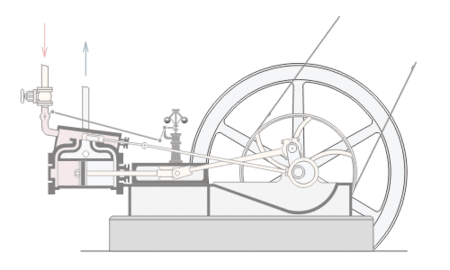
|
